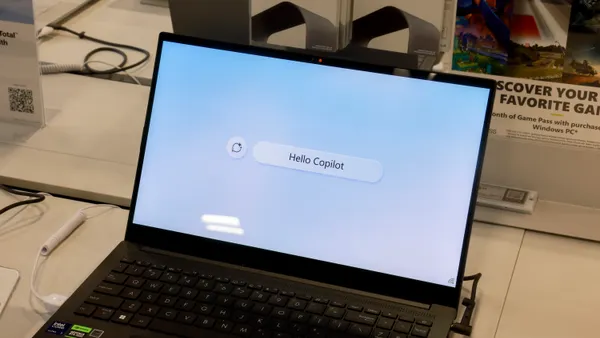Dive Brief:
- Discrepancies may exist between employee preferences for job training and what companies actually provide to new hires, according to a Dec. 1 report. In a survey by U.K.-based learning platform Fuse, 40% of respondents said that learning and development is mostly or entirely course-led, and 25% of companies said they provide employees with on-the-job training. Only 4% of employers are prioritizing with real-time learning.
- However, 92% of respondents to Fuse’s survey said that on-demand knowledge is key for business performance.
- “This research leaves little doubt that there is a significant disconnect in terms of what leaders know and want L&D to look like in the modern-day organization, and the actual reality,” said Luke Oubridge, CEO at Fuse, in a statement. “Which is that a great many are still struggling to swap course-centric strategies for real-time learning on the job.”
Dive Insight:
The reported discrepancy may have roots in high, pandemic-era turnover.
Approximately 90% of the 250 L&D leaders surveyed said the Great Resignation and the “loss of company expert knowledge” is a major issue. “It becomes evident that companies are teetering on the edge of a business knowledge brain drain,” Fuse’s report said.
Prior to COVID-19, companies had been preparing for the brain drain of Baby Boomer retirement. HR Dive previously covered employers’ concerns that succession planning alone was ineffective and that phased retirement, wherein retirees gradually decrease their hours and focus on training new talent, was a crucial solution.
HR Dive also covered a report from The New School’s Schwartz Center for Economic Policy Analysis highlighting the way job losses hit older workers hard in 2020 — particularly older, nonwhite women. Researchers noted that, COVID-19 conditions aside, older workers who are laid off don’t typically re-enter the job market.
Now, with involuntary separations spurred by the pandemic and older folks being at high-risk for COVID-19 complications, retention of this demographic may be even more slim.
When it comes to the future of work, real-time learning with tenured employees may be crucial.















